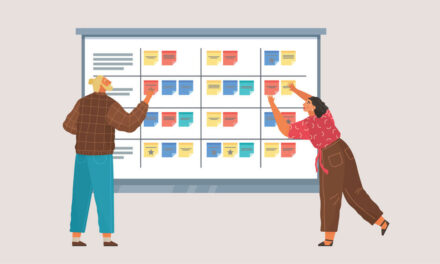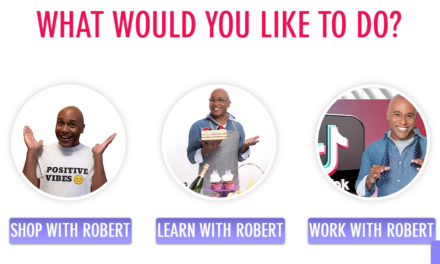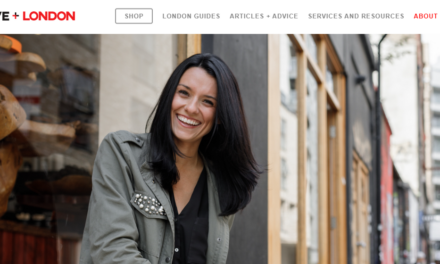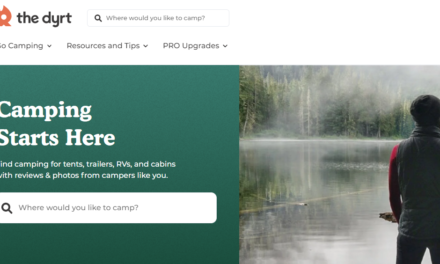Almost Timely is Chris Penn’s weekly newsletter on marketing, analytics, data science, and AI. But recently, he shared with his audience the lessons he’s learned since he began podcasting in 2005.
Chris graciously agreed to allow The Tilt to share his advice. Most of these old-school marketing tips work for formats other than podcasts, too. (You don’t have to keep reading if you want to watch his newsletter or listen to it.)
Marketing practices of podcasts from the early days have all but vanished.
For context, I started my first podcast in 2005, the Financial Aid Podcast. It ran every weekday from 2005 to 2010, topping out at 940 episodes and showing up in places like US News and World Report, CNN, and The Wall Street Journal.
My second podcast, Marketing Over Coffee, which I co-host with John Wall, started in 2007 and is still going 733 episodes later. I believe it’s the second oldest marketing podcast behind the Duct Tape Marketing podcast. My third podcast, In-Ear Insights, started in 2018 with the founding of Trust Insights. It’s the baby of the group. Along the way, I co-founded the PodCamp unconference with Chris Brogan in 2006. Podcamps still occur though I haven’t been involved since about 2012.
So, let’s take a walk down memory lane and see what worked in the old days and see what still sticks.
1. Every podcast needs this first
Your podcast has to be worth consuming. Figure that out first. You’re asking people to put you in their ears and eyes for anywhere from minutes to hours – it had better be worth their time. Simple question to ask: If you didn’t make your show, would you willingly tune into it? Would you subscribe if it weren’t your show?
2. Distribute automatically
Podcast hosting services can automate a lot of distribution. I’ve been a loyal fan of Libsyn since the earliest days of podcasting because their pricing model makes sense. You pay a monthly fee and an unlimited number of people can download your episodes. Part of their services includes distribution of your show to networks like Spotify, iHeartRadio, etc. Every time you publish an episode, it pushes it to those places, which saves you time.
3. Publish everywhere but focus on somewhere
The flip side to distribution is that your audience could be everywhere, but you don’t necessarily have time to optimize for every network. Do some market research about the channel people tune in on most, and then focus your efforts on marketing your show on that channel. Maybe it’s Spotify. Maybe it’s YouTube. Wherever your audience is most, that’s where your time, effort, and maybe some ad dollars should go to grow your audience.
Your podcast can be on every platform, but you should market the channel where your target audience is most likely to tune in, says @CSPenn. #Podcasting #CreatorEconomy Share on X4. Do cross-promotion
By far, the best tactic for new shows in the first age of podcasting was the promo swap. You swap 30- to 60-second promotional spots with other non-competitive podcasts that have audiences you want to reach. Think of these as simple audio ads, but audio ads that you exchange with another show without paid compensation.
Your best bet is to find similarly sized podcasts. Two shows with 5,000 listeners each can trade spots with equal benefits. But a podcast with 500,000 listeners swapping with a show that has 500 listeners isn’t going to receive equal benefit unless those 500 listeners are super high value.
By the way, this works for all channels, not just podcasting.
5. Start guest hosting
Popular, especially during the holiday and vacation season, guest-hosting can attract a new audience. Find out through market research which podcasts your target audience listens to and then approach those podcasting personalities about guest hosting a show – they could guest on your podcast and/or you can guest host on their show.
Guest host on other podcasts to attract a new audience or let others guest host an episode of yours, says @CSPenn. #Marketing #Podcasting Share on X6. Share the show notes
A podcast without show notes is just a waste of material. Show notes – hosted on your own website, thank you very much – help listeners find and recommend episodes of your show to others. They also help search engines find you and index your show, especially if you’re linking to your media from your show notes. It seems obvious, but back in the day, a number of shows never built a digital home for themselves and relied on a podcast network. That was fine until the network went belly up, and the show went with it.
Also, when you publish show notes on a website, you get access to web analytics. You get audience insights about your listeners. Super valuable, especially if you want sponsorships.
Want to double down on accessibility? Make sure your podcast has transcripts, too. They help those with hearing disabilities as well as those folks who just plain prefer to read rather than listen or watch. I recommend Otter.ai for this. While it’s not perfect, it’s really good, and it speeds up the process enormously.
7. Your newsletter is your podcast, too
A great podcast has an accompanying newsletter that summarizes each episode or a series of episodes, reminding audiences who might have forgotten to tune in that you’re still making valuable content. Critically, newsletters provide something a lot of social networks don’t – an easy way to distill your audience’s demographics using a data-appending service. Here’s an example using my newsletter mailing list. I can see the most popular technologies, industries, roles, and seniority levels of my audience.
This tells you in detail who’s listening, and who’s in your audience, which helps you better tailor your content.
8. Your audio should be video
YouTube came about in 2005 at the same time podcasting did. Yet an astonishing number of podcasts is available in audio format only. Record your podcast as both audio and video. Even if you don’t want to be on camera, you can generate audiograms – animations synced to your audio. Services like Headliner can do this for you and are worth trying out for free.
Why? Because YouTube is the second largest search engine in the world, that’s why. If you’re doing a good job of entertaining and educating in your show, YouTube is a platform that caters to those two objectives.
.@CSPenn turns his #podcast into multiple formats: audio, video, website page, and newsletter. #CreatorEconomy #ContentEntrepreneur Share on XYour podcast is a product
At the end of the day, your podcast is a product. That means you have to market it like any other product or service. You may not be asking for money, but you are asking for time and attention, and arguably, those are harder to come by today than money is. Treat your podcast like a product, develop a marketing plan for it, and market it as hard as you’d market any product or service if you want it to succeed.
About the author
Christopher S. Penn is an authority on analytics, digital marketing, marketing technology, data science, and machine learning. A recognized thought leader, best-selling author, and keynote speaker, he has shaped five key fields in the marketing industry: Google Analytics adoption, data-driven marketing and PR, modern email marketing, marketing data science, and artificial intelligence/machine learning in marketing. As co-founder and Chief Data Scientist of Trust Insights, he is responsible for the creation of products and services, creation and maintenance of all code and intellectual property, technology and marketing strategy, brand awareness, and research & development.










